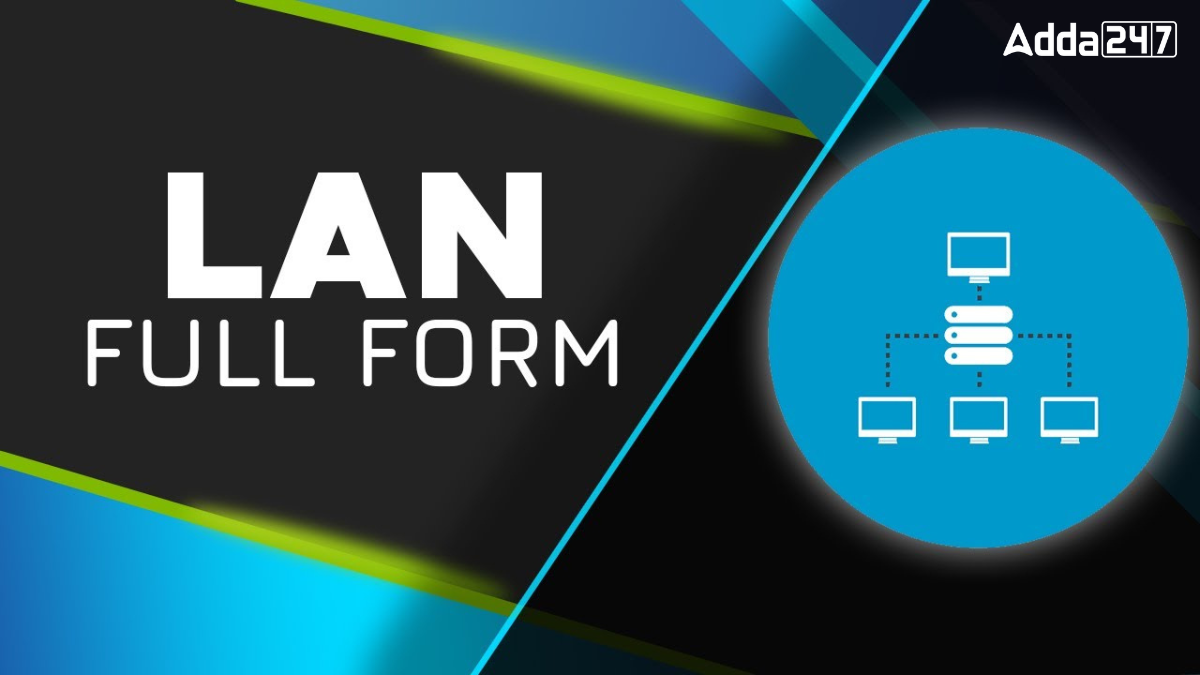A Local Area Network (LAN) is a group of devices connected within a small area like a building, office, or home. It is widely used to connect computers and workstations in workplaces or schools, enabling internet sharing and resource distribution like printers and scanners.
Full form of LAN
The full form of LAN is Local Area Network. A LAN connects devices like computers, printers, and scanners within a small area, such as an office, home, or school. It allows fast communication, resource sharing, and internet access. LANs are affordable, easy to maintain, and ideal for localized connectivity, but they have limited coverage.
What is a LAN?
A LAN is a private network that connects devices in a limited area. It facilitates fast communication, data sharing, and access to shared resources like files and hardware.
Brief History of LAN
- 1970s: LAN technology was introduced.
- 1974: The Cambridge Ring (a local area network) was invented at Cambridge University.
- 1973-1974: Ethernet technology was developed at Xerox PARC.
- 1976-1977: ARCNET was created by Datapoint Corporation and officially announced.
Features of LAN
- High-Speed Data Transfer: LAN offers very fast data communication.
- Flexible Connectivity: It supports Ethernet cables, fiber optics, and wireless technologies.
- Privacy: LAN is a private network not regulated by outside administrators.
- Low Cost: Installation, maintenance, and upgrades are affordable compared to other networks.
Advantages of LAN
- Software Sharing: Software can be shared across all connected devices, reducing the need for separate licenses.
- Data Management: Centralized data storage ensures easy access and better security.
- Cost-Effective Hardware Use: Expensive devices like printers and scanners can be shared across the network.
- Shared Internet: A single internet connection can serve all devices on the LAN.
- Better Communication: Fast and inexpensive sharing of messages and files is possible between connected devices.
Disadvantages of LAN
- High Setup Costs: Initial costs can be high due to the need for specialized software and hardware.
- Expensive Equipment: Components like routers, switches, and cables can be costly.
- Limited Privacy: Network administrators can monitor user activities and access private data.
- Restricted Coverage: LANs are limited to small areas, such as a building or campus.
- Security Risks: Since data is stored in one place, it is vulnerable to security threats.



 What is the Full Form of DRI?
What is the Full Form of DRI?
 GMT Full Form: Know Its Meaning, Formati...
GMT Full Form: Know Its Meaning, Formati...
 DNA Full Form: Know Its Meaning, Structu...
DNA Full Form: Know Its Meaning, Structu...







